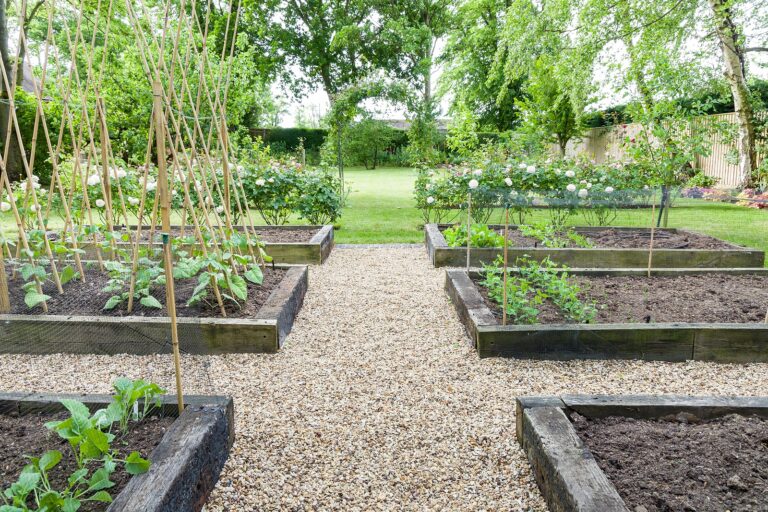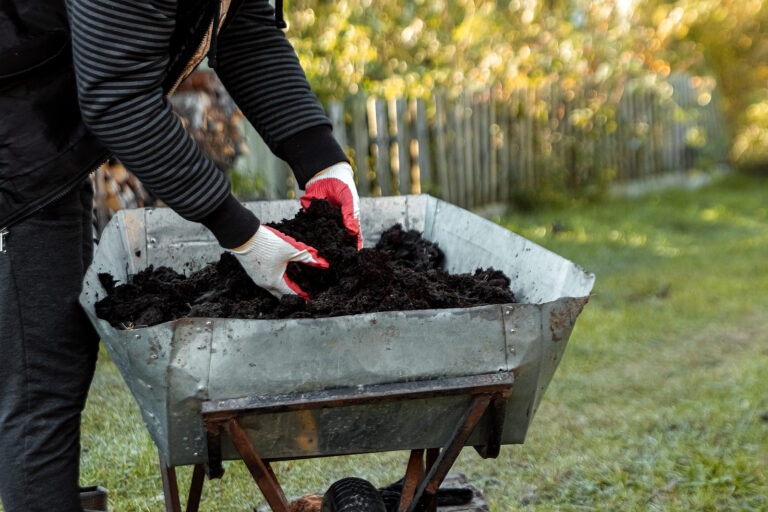Soil pH and Vegetable Growth: How to Test and Adjust Your Soil’s Acidity
Soil pH is one of the most important but often overlooked factors in vegetable gardening. The acidity or alkalinity of your soil affects nutrient availability, microbial activity, and ultimately, how well your plants grow. Understanding soil pH—and knowing how to test and adjust it—is essential for building productive, regenerative gardens.
With over 30 years of experience gardening in diverse soils across California’s Central Valley and Sonoma Valley, I’ve seen firsthand how proper pH management transforms weak, struggling plants into thriving, healthy crops.
What Is Soil pH?
Soil pH measures the concentration of hydrogen ions in soil, determining whether it is acidic, neutral, or alkaline:
- Acidic Soil: pH below 7.0
- Neutral Soil: pH around 7.0
- Alkaline Soil: pH above 7.0
Most vegetables grow best in slightly acidic to neutral soil, roughly pH 6.0–7.0, where nutrients like nitrogen, phosphorus, and potassium are most available.
How Soil pH Affects Vegetable Growth
- Nutrient Availability: In very acidic or alkaline soils, essential nutrients can become locked, leading to deficiencies.
- Microbial Activity: Beneficial bacteria and fungi thrive in balanced pH, promoting decomposition and nutrient cycling.
- Root Development: Extreme pH levels can stress roots, reducing growth and overall plant health.
For example, tomatoes, peppers, and carrots perform best around pH 6.0–6.8, while brassicas like kale and cabbage tolerate slightly higher pH up to 7.5.
How to Test Soil pH
1. Home Soil Test Kits
Available at garden centers, these kits use color-changing chemicals to indicate pH. They are convenient and provide a general guideline.
2. pH Meters
Digital meters provide more precise readings but require calibration for accuracy.
3. Professional Lab Testing
Sending a soil sample to a local extension service or lab gives the most accurate results, including nutrient recommendations.
How to Adjust Soil pH
Raising pH (Making Soil Less Acidic)
- Apply agricultural lime (calcium carbonate) to neutralize acidity.
- Wood ash can also raise pH but should be used sparingly to avoid over-alkalizing.
Lowering pH (Making Soil More Acidic)
- Use elemental sulfur or soil acidifiers gradually.
- Organic matter like pine needles or composted leaves can slowly acidify soil over time.
Tip: Adjust pH gradually—sudden changes can shock soil life and plants. Test soil every few months to monitor progress.
My Experience Managing Soil pH
In my Sonoma Valley garden, initial soil tests revealed slightly acidic clay beds with pH around 5.5. Tomatoes and beans struggled despite adequate watering and compost. By adding lime gradually and monitoring pH each season, soil reached 6.5. Within one growing season, plants thrived: deep green leaves, stronger roots, and abundant harvests. This reinforced that matching soil pH to plant needs is a critical part of regenerative gardening.
Conclusion
Soil pH is a foundational element for vegetable growth. By testing your soil, understanding optimal ranges for your crops, and making gradual adjustments, you can unlock nutrient availability, support soil life, and enhance plant health. In regenerative gardening, balancing soil pH is not just about chemical adjustment—it’s about creating conditions where roots, microbes, and nutrients work together to grow stronger, more resilient crops.



